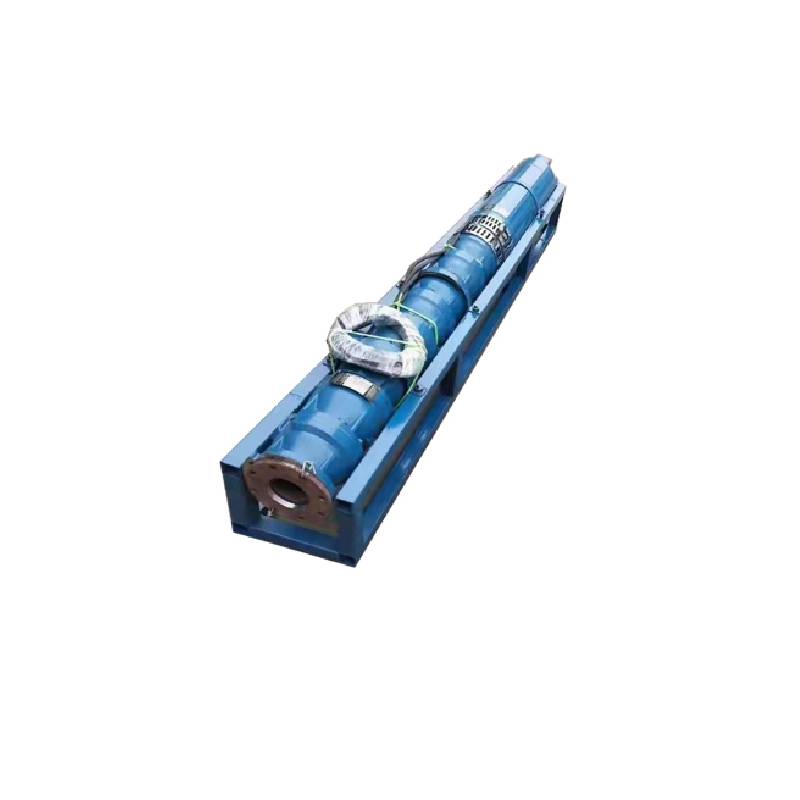Novemba . 07, 2024 21:35 Back to list
Guidelines for Effective Installation of Submersible Pump Systems
Understanding Submersible Pump Installation A Comprehensive Guide
Submersible pumps are crucial devices used in various applications, from residential water supply to large-scale irrigation projects. These pumps are designed to operate while submerged in water, making them highly efficient for moving liquids from one place to another. Proper installation is critical to ensure the longevity and effectiveness of the pump. In this article, we will delve into the key aspects of submersible pump installation, highlighting the necessary components and steps involved.
Key Components of a Submersible Pump Installation
1. Submersible Pump The pump itself is the core component, which consists of a motor and a pump body. The motor is hermetically sealed to ensure it remains protected from water and debris.
2. Pump Control Panel This panel is used to control the operation of the submersible pump, providing functions such as starting, stopping, and fault indication. It often includes float switches that detect water levels.
3. Discharge Pipe This pipe is responsible for conveying the pumped water from the pump to the surface or to the desired location. It must be properly sized and constructed from appropriate materials to withstand pressure and prevent leaks.
4. Power Supply A reliable power source is essential for the operation of submersible pumps. This may involve electrical connections that should comply with local codes and standards.
5. Suction Strainer This is an important accessory that prevents debris and large particles from entering the pump, thereby protecting it from damage and ensuring efficient operation.
6. Bentonite Clay or Gravel Pack Used around the well casing, these materials help filter out sediments and ensure a clear entry of water into the pump.
Installation Steps
1. Site Preparation Before beginning the installation, it is important to assess the site where the pump will be placed. Consider factors such as water depth, soil conditions, and proximity to power sources. Ensure that the area is accessible and that all necessary permits are obtained.
submersible pump installation diagram

2. Drilling or Excavation If the installation involves a new well, drilling to the desired depth is necessary. For existing wells, ensure that the well is clean and free from contaminants. The diameter of the well should match the size of the pump.
3. Pump Assembly Once the pump is ready, assemble it according to the manufacturer's instructions. Attach the discharge pipe and ensure that all connections are secure and leak-proof.
4. Electrical Connections Carefully install the electrical components, ensuring that they are water-resistant and protected from moisture. It is advisable to hire a qualified electrician for this task to comply with safety regulations.
5. Lowering the Pump Using a lifting mechanism or a hoist, carefully lower the assembled pump into the well. Make sure that the pump is positioned correctly and that the suction strainer is submerged below the water level.
6. Connecting to Discharge System Connect the discharge pipe to the main line where the water will be transported. Ensure all joints are secured and watertight.
7. Testing the System Once everything is installed, test the pump to ensure it operates correctly. Monitor the pressure and flow rate to confirm that the pump is functioning as expected.
8. Final Adjustments After testing, make any necessary adjustments to the control panel settings. Install any protective covers to shield electrical components from water exposure.
Maintenance Tips
After installation, regular maintenance is essential to prolong the lifespan of the submersible pump. Schedule periodic checks to inspect for leaks, listen for unusual noises, and monitor performance parameters. Cleaning or replacing the suction strainer periodically is also crucial to prevent blockages.
Conclusion
Submersible pump installation requires careful planning, technical knowledge, and adherence to safety protocols. When done correctly, it ensures efficient water movement and can significantly enhance a property’s water supply system. By following the outlined steps and maintaining the pump regularly, users can enjoy reliable service from their submersible pump for years to come.
-
Water Pumps: Solutions for Every Need
NewsJul.30,2025
-
Submersible Well Pumps: Reliable Water Solutions
NewsJul.30,2025
-
Stainless Steel Water Pumps: Quality and Durability
NewsJul.30,2025
-
Powerful Water Pumps: Your Solution for Efficient Water Management
NewsJul.30,2025
-
Oil vs Water Filled Submersible Pumps: Which is Better?
NewsJul.30,2025
-
Deep Well Pumps: Power and Reliability
NewsJul.30,2025
-
 Water Pumps: Solutions for Every NeedWhen it comes to handling dirty water, the dirty water pump is a must-have.Detail
Water Pumps: Solutions for Every NeedWhen it comes to handling dirty water, the dirty water pump is a must-have.Detail -
 Submersible Well Pumps: Reliable Water SolutionsWhen it comes to ensuring a reliable water supply, submersible well pumps are a top choice.Detail
Submersible Well Pumps: Reliable Water SolutionsWhen it comes to ensuring a reliable water supply, submersible well pumps are a top choice.Detail -
 Stainless Steel Water Pumps: Quality and DurabilityWhen it comes to choosing a water pump, the stainless steel water pump price is a crucial factor.Detail
Stainless Steel Water Pumps: Quality and DurabilityWhen it comes to choosing a water pump, the stainless steel water pump price is a crucial factor.Detail
